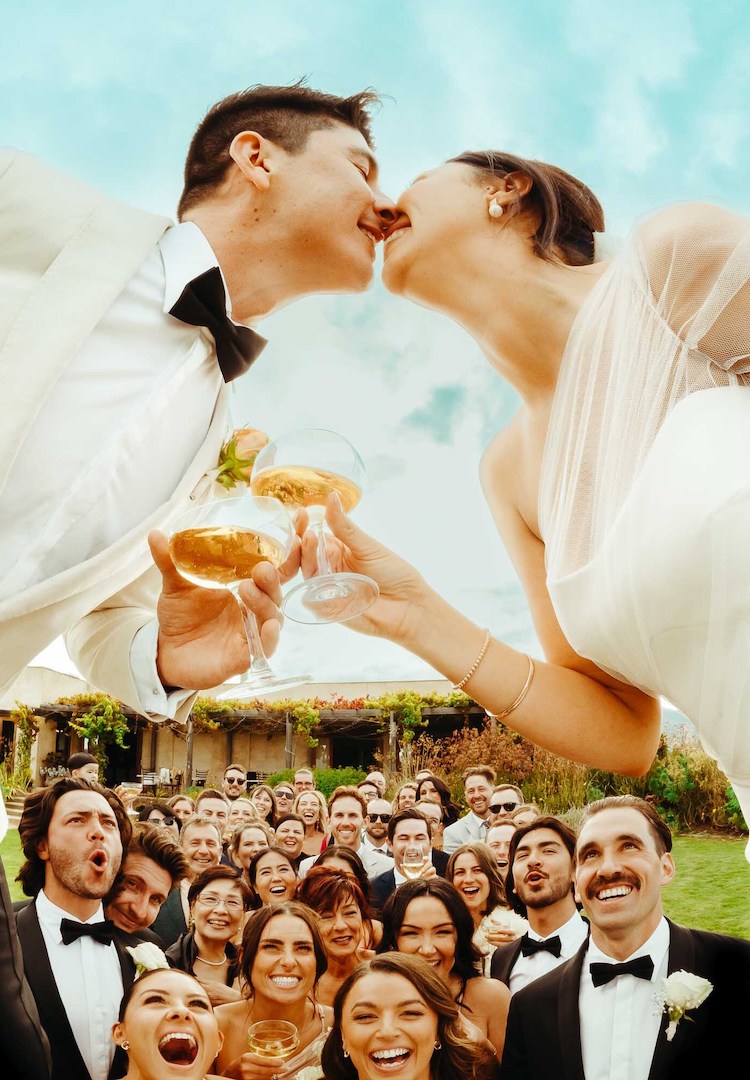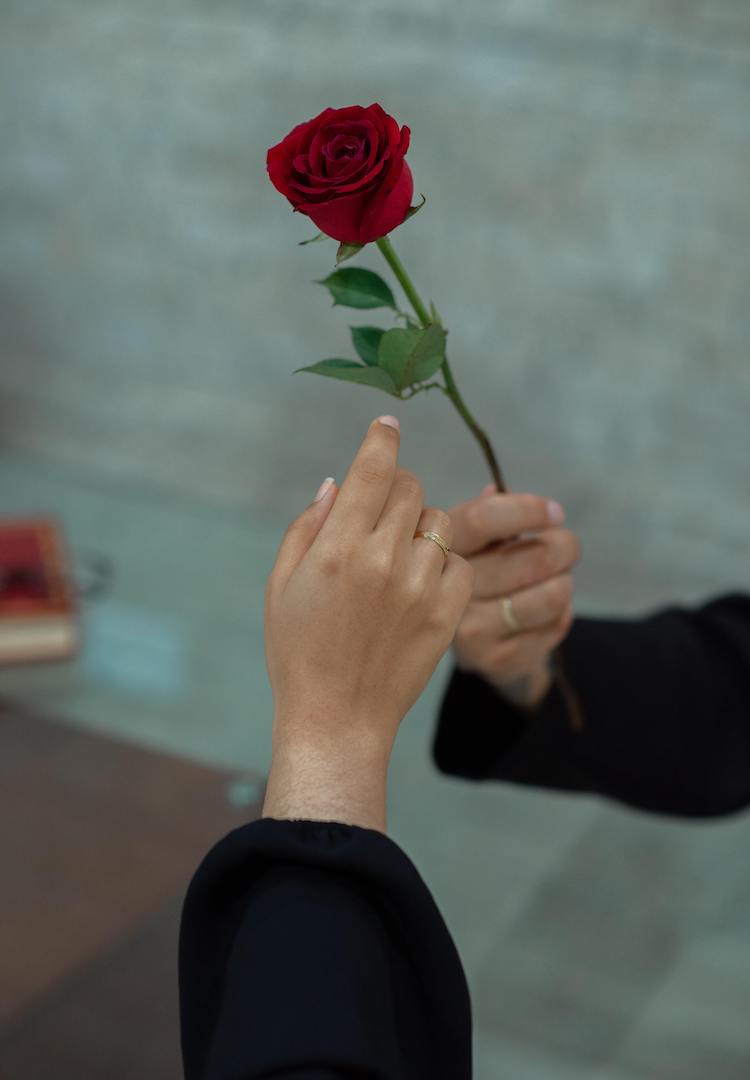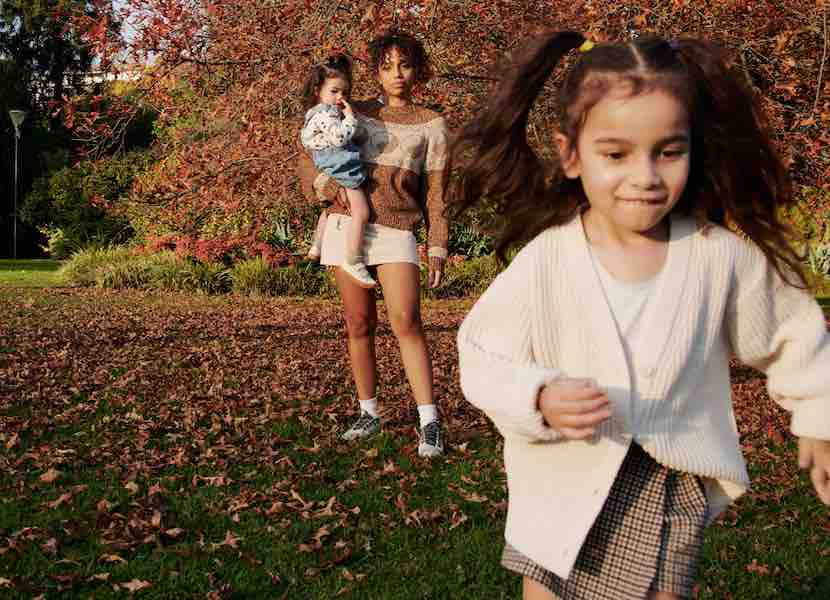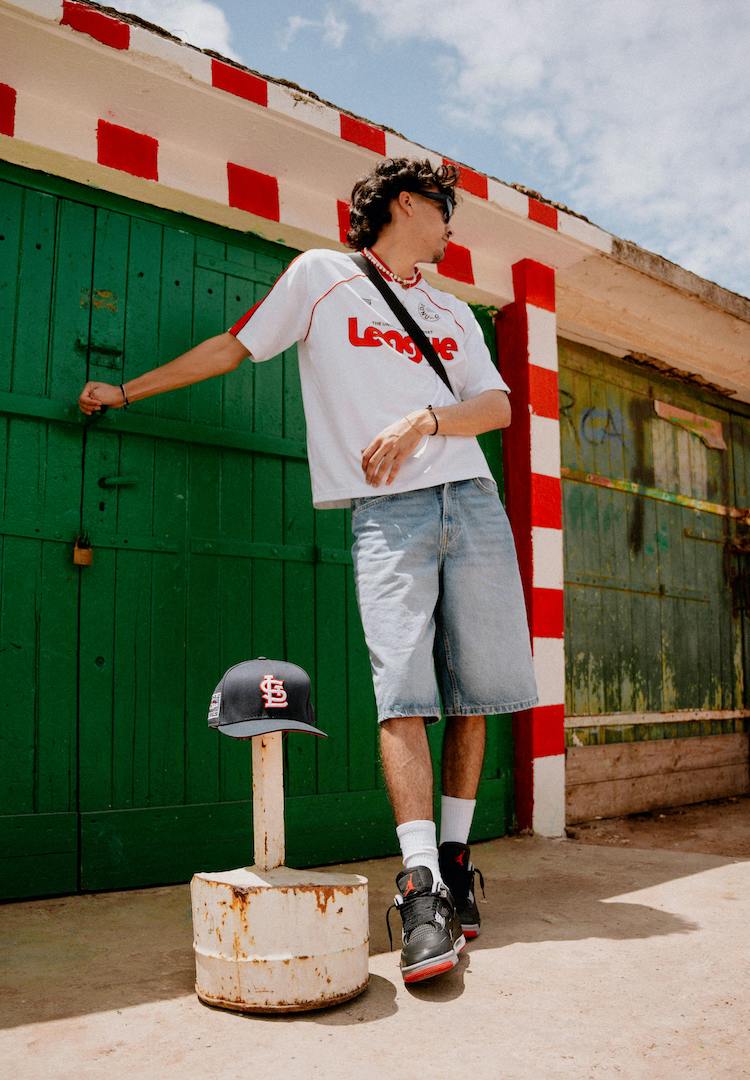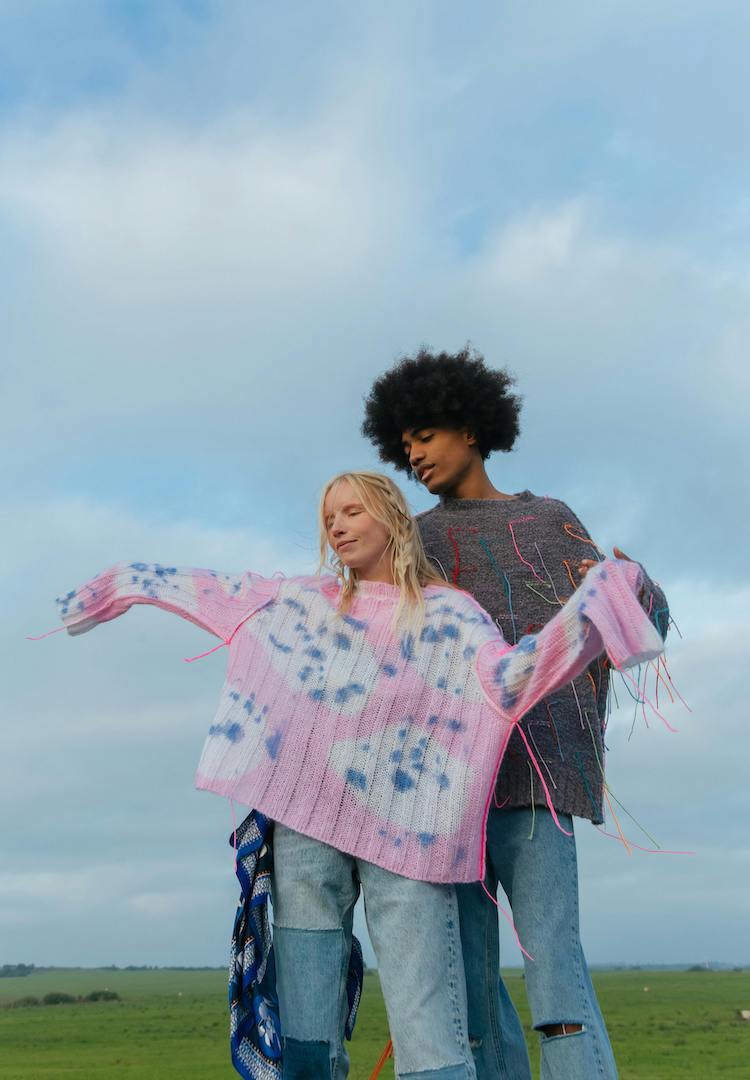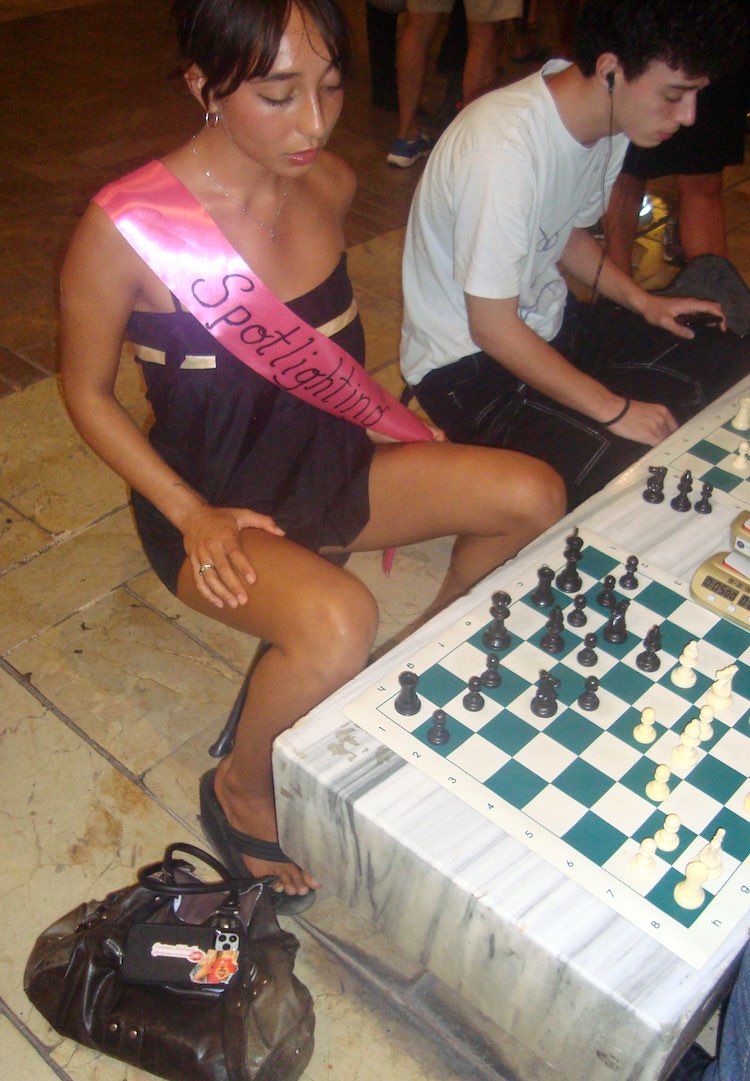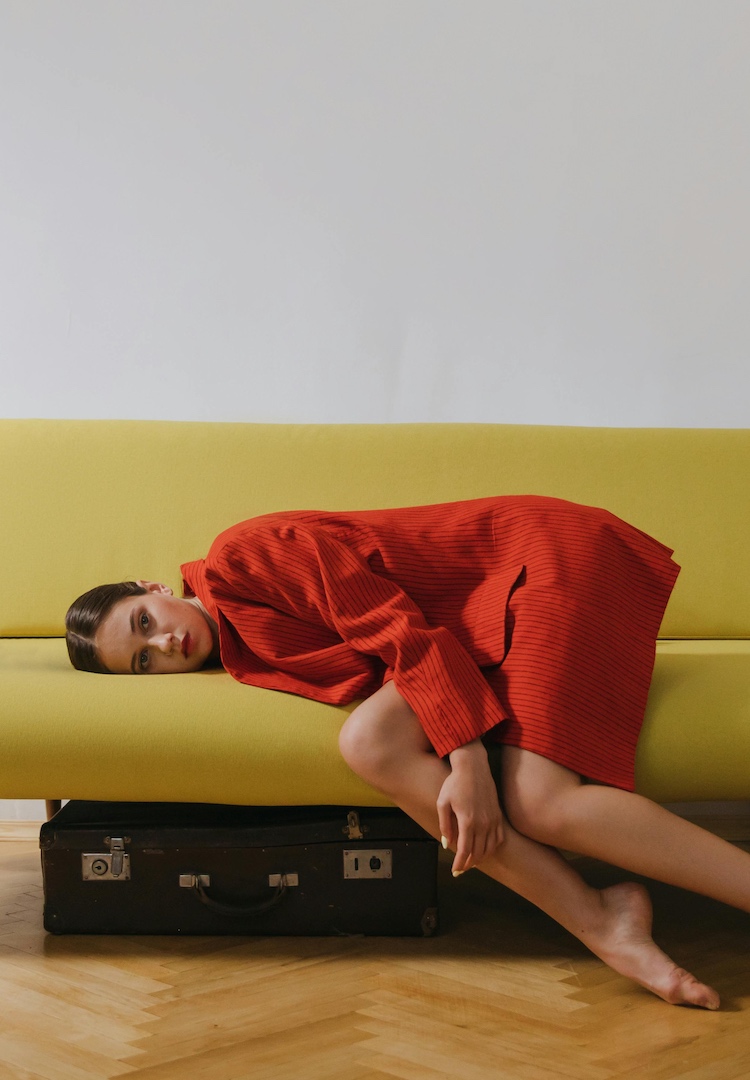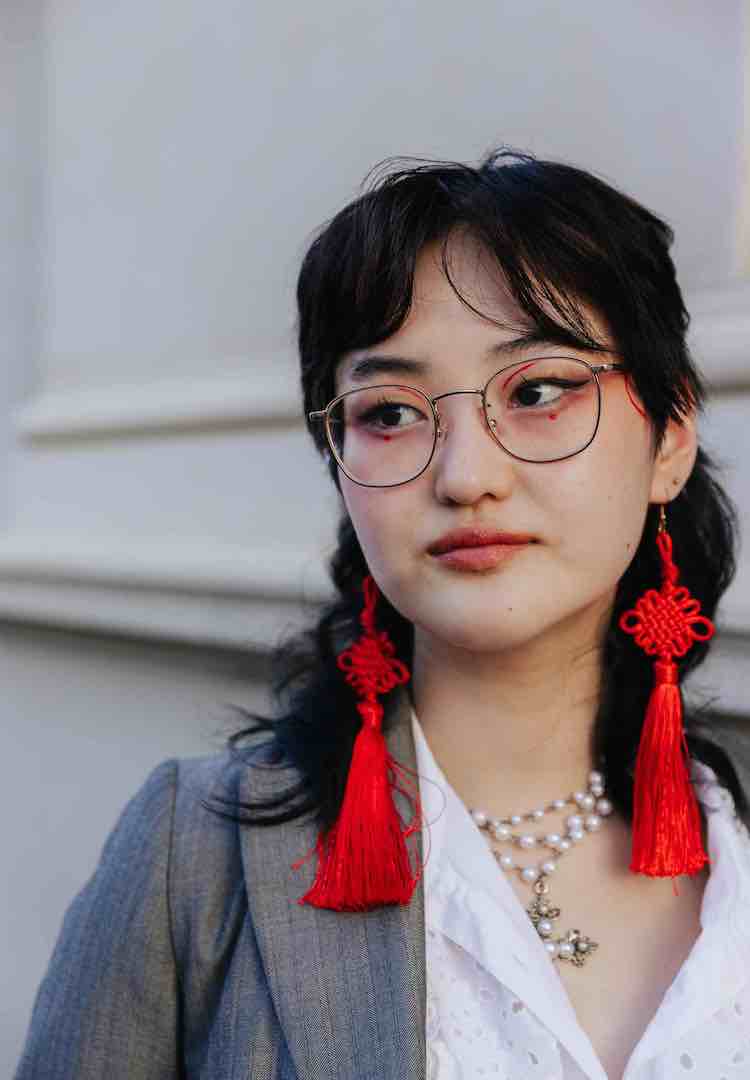Multicultural families share their experience growing up in Australia
PHOTOGRAPHY BY JESS BROHIER
WORDS BY MAGGIE ZHOU
“I was constantly educating, but my family is worth it.”
The sentiment that Australia is a multicultural nation has been reiterated for decades. It’s a nice, impressive platitude. It’s even backed up my numbers; recent census data shows almost half of Australians have at least one parent born overseas. But this overarching blanket statement doesn’t even start to touch on the diversity of experiences found in Australian families.
Writer, curator and Fashion Journal contributor Sabina McKenna has long tackled the complexities of race through her platform, Where Are You From?. Sabina’s latest project is Fam, a free photojournalistic project on show at the Immigration Museum. Shot by Jess Brohier, the exhibition features 15 portraits of various mixed and multi-ethnic families in Australia and their corresponding stories.
For other perspectives on the people around us, tap through to our Life section.
My parents and I are one of the portraits included in the project. To see our faces and experiences hung up on the walls of a public exhibition is surreal. To be surrounded by other non-White Australian families is something that fills me with pride. Read on for edited extracts of four of the featured families.
Tinika
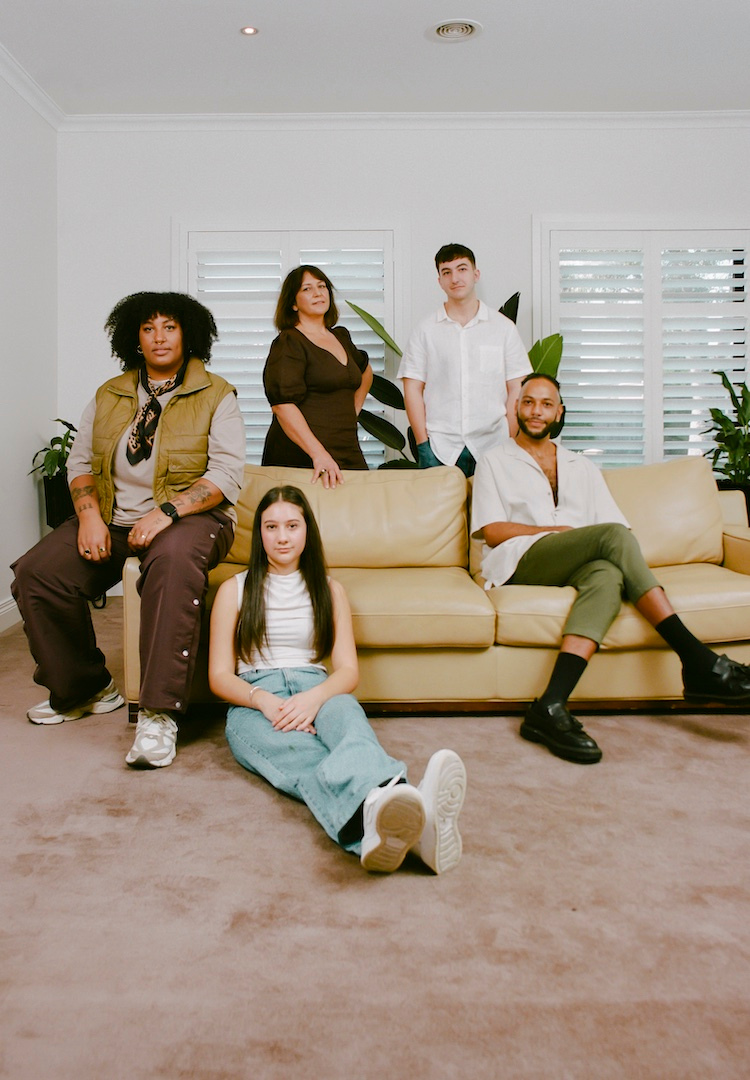
I was sick of having those conversations, asking to be seen and heard. There was a point where I felt like I might not be able to move forward; it was like the veil had been ripped off and I thought, ‘My family; my aunties, uncles and grandparents, they don’t get it. They don’t see me’. I was constantly battling with Seb because he would say, ‘Yes, that is true but we’ve learned that you don’t look for that in your family – they’re not like us’. But I still felt sad about it. I needed my family to get it.
I finally had a breakthrough one day when my therapist said, ‘They won’t get it, because they’re not Black. But they just need to know how to care for you when you need support’. After that, I told my mum everything and put in the work to have as many conversations with my family as I could. I was constantly educating, but my family is worth it.
Sol
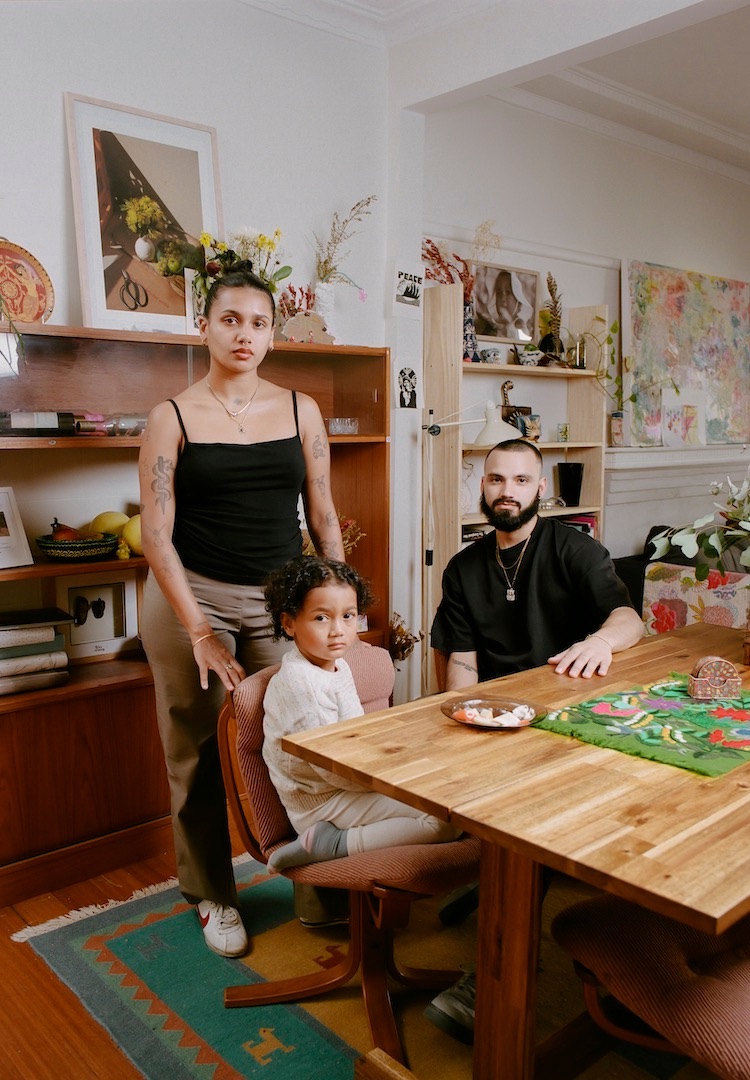
Last year, Blu went to her first vigil – for Cassius Turvey, who was tragically murdered in Perth by a group of racists. After that, she started asking real questions about race and colour. We’ve always read a lot of good books about identity, from since she was in my tummy to now. But around this time she started to become hurt by some of the questions she had about her identity.
She was starting to understand that these issues were associated with her. She is half African American, I’m South Asian, and a lot of my friends (who she calls her aunties and uncles) are Indigenous, Black and brown people. My partner Maru and I started opening up conversations with her about the people around her, their race and where they come from.
In response, she asks us about what happened in this country, on this land, and we’ve been able to have conversations about truth-telling. The learning has been constant for all of us, but storytelling has become a great tool for us to move through the difficult things, and talk about the beautiful things to do with race and everything that comes with it.
Hannah

Recently I’ve been reflecting on how things might have been different if I’d had more Black women in my life. My mum was definitely a female role model. But there wasn’t an understanding of what Black women do and what they look like, so most of my life I’ve felt out of place. I felt like a boy; I’m intense and loud, and that doesn’t relate to a lot of other women and girls.
It wasn’t until I started going to events with other African people, and getting into the work that I do now, as a support worker for a family full of African women, that my life started to change. Their bodies look like mine. We talk about our hair and do the same styles. They’re proud to be bold with their clothing and jewellery – all these things that I have had the urge to do in some sort of instinctual way but wasn’t sure about.
Connecting that back to my mother, as well as not being Black, she has a different racial experience altogether. Because she grew up here, there were a lot of inherently racist things that are part of Australian culture that she didn’t realise were racist. We had a bunch of gollywog toys that she used to put around the house and one day I was like, ‘Mum, do you know what this represents? Do you know this is offensive?’. And she was offended. She said, ‘Those are my things from when I was little; you don’t get it’.
My response to that was, ‘I get what you’re saying, but do you understand that your children are Black? We have a different racial experience to you’. With some things, she would think about it and realise. But I also understand that my Mum has experienced different kinds of racism.
Ricka
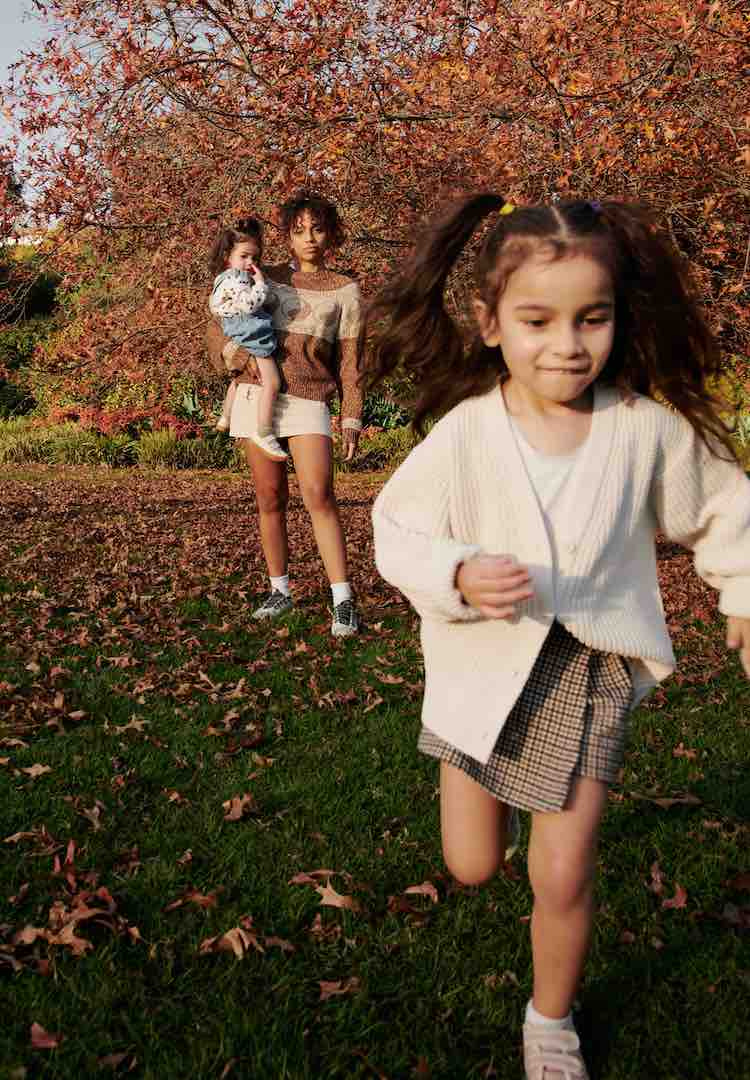
Growing up seeing the damage caused by the invasion in Timor – and in recent years, all of the developments – was a constant reminder to be grateful for all the opportunities and safety I had, being raised elsewhere.
It’s easy to lose sight of these things when life has been easier for you and going back is a constant reminder that anything and everything can be taken away at any moment. So now when I think about being a single parent, that history is a massive driving force. I remind myself that there is no excuse not to do better.
Knowing the level of independence and love I can provide for my girls, I hope that I’ve shown them, and my cousins, nieces and nephews, that even if things look different to our cultural norms, it doesn’t mean that it’s not valuable. What’s in front of you, you cherish and keep putting effort toward – you keep fighting for. Because if Timor could get through all of that. We can get through anything.
To find out more about the free Fam exhibition, on until January 28, 2023, head here.

